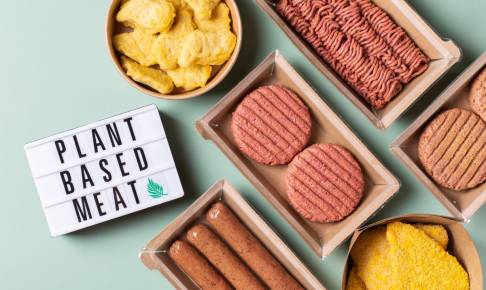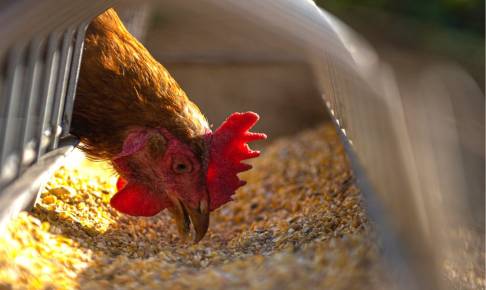Mycotoxins, climate change, and food system management
A review of the impact of climate change on chemical exposures affecting human health identified 8 contaminants as high risk of getting worse due to climate change, one of which was mycotoxins (Balbus et al. 2013). Guerin (2022) evaluated the risks and responsibilities of Directors of companies that supply food in relation to climate change. One of the risks flagged was mycotoxins. Key responsibilities included (1) encouraging collaboration across supply chains, (2) understand the effectiveness of existing controls and if necessary, seek external advice, and (3) invest in new technology to better manage the risk of climate change for the company and consumers.
Changing climate has moved the important mycotoxins into new areas lacking the capacity to manage them during epidemic years.Changing climate has moved the important mycotoxins into new areas lacking the capacity to manage them during epidemic years. From a governance perspective, a critical necessity is the capacity to do the necessary chemical analyses and manage the issue with the least economic damage (Balbus et al. 2013; Miller 2016a). The failure to plan for old mycotoxins appearing in new areas due to climate change has caused economic harm in both Europe and parts of North America. Companies need to be mindful of climate variability in their value chains for both domestic and imported crops.
The fungi are key but not the only relevant factor
Because of the large economic and public health impact of mycotoxins, a lot is known particularly about the five agriculturally important mycotoxins namely aflatoxin, deoxynivalenol, fumonisin, zearalenone, and ochratoxin A (Miller 2016b; Pitt and Miller 2017). In fully developed market economies, there is also a lot known about the appropriate management of potentially contaminated crops to ensure that exposures are minimized (Miller 2022).
There are now many opinion articles on the impact of climate change on mycotoxins, some based on predictive models which essentially focus on the fungus concerned largely based on in vitro data. However, climate change affects many components of this story. This includes which crops can be grown in an area, which toxigenic fungi and genotypes will prevail as well as the movement and prevalence of insect pests that increase the risk of mycotoxins in the field or in storage. I will focus on cereals because, in the EU and North America, cereals comprise 30-40% of the diet (Moy 2013).
Crop convergence
A major factor affecting the risk of mycotoxins in food crops is that essentially all countries have converged on a small number of cereal and oilseed crops. Crop diversity peaked six decades ago and now is at levels seen almost 200 years ago (Hijmans et al. 2016; Khoury et al. 2014). All the cereals are susceptible to fungi that produce mycotoxins under permissive conditions. Depending on crop, too much or too little water, or changing the timing of rainfall increases the risk of mycotoxin accumulation (FAO 2020; Miller 2016a; Wu et al. 2011).
In the case of aflatoxin, fumonisin, and zearalenone, insect damage in the field is a major determinant of contamination.In the case of aflatoxin, fumonisin, and zearalenone, insect damage in the field is a major determinant of contamination. Insect damage in storage can further increase
Download content now





















